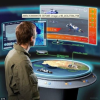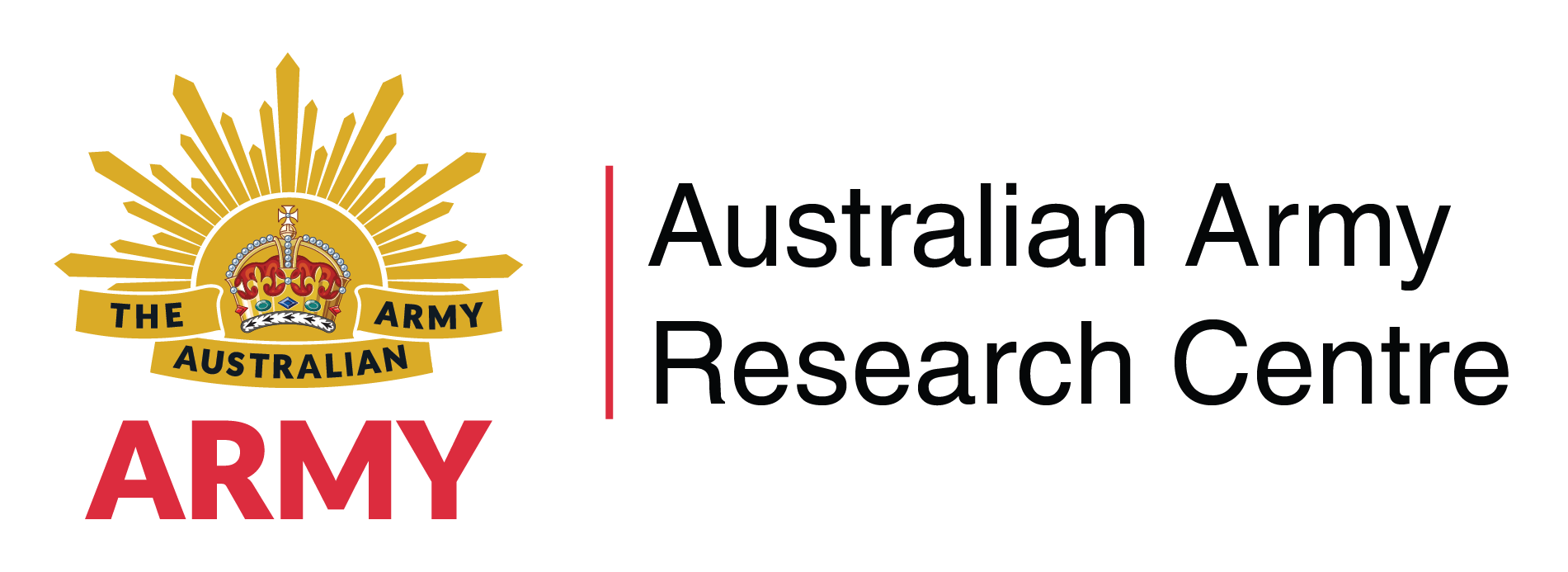Search
Using the filters to the left, click your selection, it will become bold and filter the results, click it again to remove that filter.
This blog has been written by Patrick McMillan, a recent research intern at the Australian Army Centre. During his time at the AARC, he has had the opportunity to write and think about future challenges while in direct connection with leading military and academic thinkers in his topic area. The Chief of Army’s Strategic Guidance for 2019, Army in Motion , highlights a rapidly changing operating environment for the Australian Defence Force (ADF). It also notes that ‘we must continuously anticipate and …
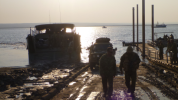
Power and energy, from a global technological perspective, is under pressure. The combination of global legislative pressure, industry disinvestment in internal combustion engine technology, decline in production, changing attitudes and demand will eventually constrain the internal combustion engine to bespoke usage if not extinction. For Army, at some point power and energy change will become less negotiable, and options taken for granted in the first quarter of the century may cease to be options in the …

In previous posts, I introduced two important contributors to military sociological theory: Charles Moskos , who gave us the Institutional/Occupational Thesis which determines whether we are more aligned to the values of the organisation or our own professional interests; and Samuel Huntington , who gave us the Social and Functional Imperatives, which determine whether we are governed by the requirements of the job or the interests of society. Today I introduce the third person in this useful trio: …
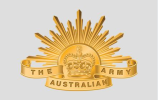
In June 2019 at the École Militaire, Paris, a gathering of senior officers from 17 western nations, think tanks and industry representatives, pondered the need to change the Principles of War to ensure their relevance to 2035 and beyond. The conclusion of this esteemed symposium? Our enshrined, extant Principles of War will remain relevant to 2035 and beyond. Notwithstanding slight, esoteric variations in each representative military’s Principles of War, this conclusion was founded on a long-held, perhaps …

Discussing the implications of Marawi: Part 1 - Hard Power The battle for Marawi in the southern Philippines highlights an emerging strategic option for asymmetric coercive action: seize dense urban terrain to hold it and its population hostage; defy the government to regain control, exploiting the acute difficulties of doing so; discredit that government by forcing it to either capitulate or destroy the city to eject you. This approach was first applied by ISIL in the Mesopotamian cities of Mosul and …
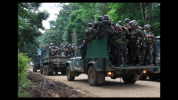
“Power is war, the continuation of war by other means… Should one then turn around the formula and say that politics is war pursued by other means? “ MICHEL FOUCAULT, 1976 ‘SOCIETY MUST BE DEFENDED’ [1] In a recent special report for ASPI , Charles Knight and I drew out lessons from the 2017 Marawi crisis—the seizure of the Southern Philippine city by militants linked to Islamic State and the response by Philippine authorities. Taking a dual approach, the report focuses both on the capability aspects of …
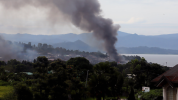
Explosive Ordnance (EO) and Improvised Threats (collectively Explosive Hazards) caused 7,239 civilian casualties in 2017, and 15 of the ADF casualties on operations in Afghanistan. The threat of Explosive Hazards is high risk and continually evolving. We only have to look at the examples of Mosul and Marawi to see that, as the pace of war increases, this threat will continue to proliferate. While my pitch focuses on Explosive Ordnance Disposal (EOD), my proposed solution has application across the entire …
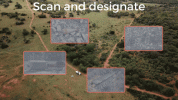
Bottom line up front Cyber warfare is growing as a domain of warfare but requires a different approach than the environmental domains. The individual services are not large enough to effectively generate cyber warfare capability and therefore Australian Defence Force (ADF) cyber operations must be a truly Joint enterprise. This will involve a raise, train, sustain and deliver model more similar to Special Forces than conventional capabilities, with Joint funding and direction, and the human capability …
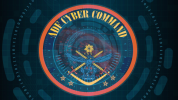
As Artificial Intelligence and Autonomous Systems proliferate, we must be prepared for what is to come. “I’m certainly questioning my original premise that the fundamental nature of war will not change. You’ve got to question that now. I just don’t have the answers yet,” US Secretary of Defense Jim Mattis, on the impact of intelligent machines The Chief of Army’s Futures Statement, Accelerated Warfare , discusses the link between technology and the rapidly changing character of war. Specifically, …

In 2015, the First Principles Review Report observed that Defence was lacking in its ability to manage and use its data. Duplication, fragmentation and inconsistency were cited as key shortfalls that were likely to impact the delivery of anticipated outcomes for a range of complex, information dependent capability investments. Confirming this, the Defence Enterprise Information Management Strategy 2015 – 2025 noted a proliferation of information and communication applications, siloed solutions, inadequate …
